May 27, 2025 | 08:01 GMT +7
May 27, 2025 | 08:01 GMT +7
Hotline: 0913.378.918
May 27, 2025 | 08:01 GMT +7
Hotline: 0913.378.918
Despite its frequent use as an intercropping plant in southern provinces, the coconut tree has become an essential economic driver, considerably enhancing the livelihoods of farmers and contributing to export revenue. Coconut cultivation extends across 25 provinces and localities in Vietnam, from the Central and Eastern regions to the Mekong Delta. Currently, the national coconut plantation area is estimated to be 200,000 hectares, with several concentrated estates spanning dozens of hectares. Coconut plantations generate an income per hectare that is more than 2.7 times greater than that of rice cultivation.
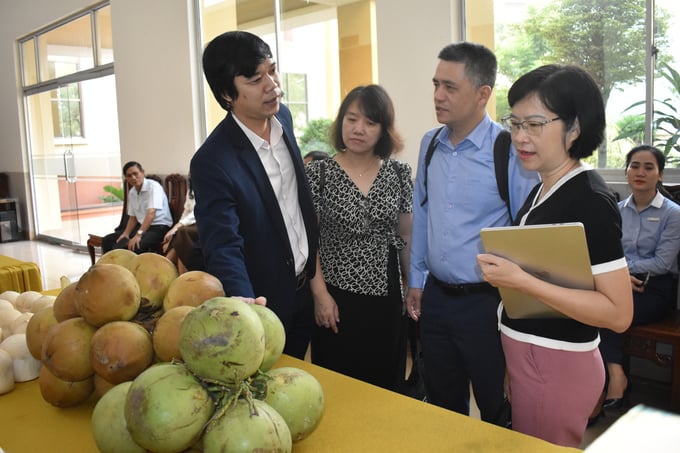
Businesses explore investment opportunities in the coconut industry in Tien Giang. Photo: Minh Dam.
The emergence of fresh coconut markets in high-demand markets has prompted an increasing number of enterprises to invest in and trade coconut-based products. Nevertheless, the appeal of foreign direct investment (FDI) in Vietnam's coconut industry has been diminished by persistent challenges and inconsistent development.
Except for Ben Tre province, the majority of localities with coconut plantations have not prioritized branding or broad communication about their potential, such as advantageous locations and investment incentives, to attract investors, according to Mr. Cao Ba Dang Khoa, Deputy Chairman and General Secretary of the Vietnam Coconut Association.
Furthermore, rural transportation infrastructure continues to be inadequate, which impedes the efficient collection and transportation of coconuts. Farmers experience low motivation as a result of their inability to obtain timely information regarding market trends, development progress, and coconut prices. In the same direction, purchasing enterprises encounter obstacles as a consequence of this information deficit.
Negatively impacting the productivity and value of coconut-growing regions, programs for disease prevention and salinity management have not received sufficient attention. Additionally, there is a lack of support funds for trade promotion, plantation maintenance, and investment incentives in localities. These deficiencies restrict Vietnam's coconut sector's capacity to contend in international markets.
Mr. Cao Ba Dang Khoa, the Deputy Chairman and General Secretary of the Vietnam Coconut Association, has described the current organization of the coconut industry as four primary groups of enterprises and essential products.
More than 50 deep-processing companies support the first group of enterprises, which produce food, cosmetics, and pharmaceuticals. These enterprises offer a diverse selection of over 45 products. This group accounts for approximately 40% of the industry's total export turnover.
The second group concentrates on handicrafts, wood products, and agricultural substrates, providing a selection of over 30 products, including handicrafts, wood items, coir substrates, coconut shell charcoal, environmental treatment materials generated by charcoal, and specialized coconut industry machinery. The majority of the businesses in this category are small-scale enterprises. The majority of companies are unstable trading firms, while only approximately 15 engage in direct production and export. This category is responsible for approximately 25% of the industry's total export turnover.
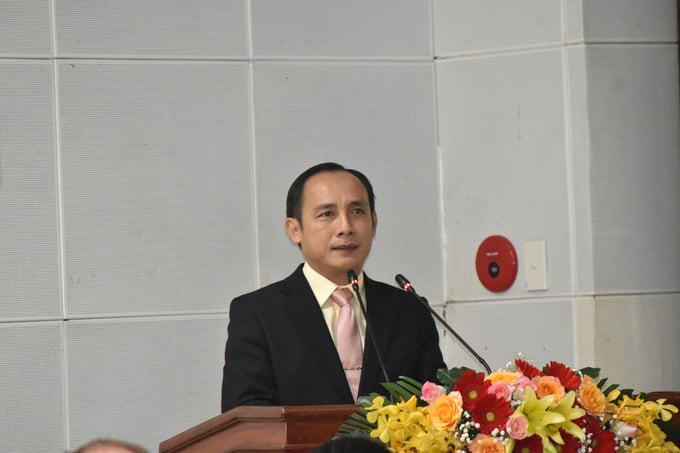
According to Mr. Cao Ba Dang Khoa, Vice President and General Secretary of the Vietnam Coconut Association: The Vietnamese coconut industry is taking shape with 4 groups of businesses and key products. Photo: Minh Dam.
Companies that manufacture basic materials, including crude coconut oil, coconut fat powder, frozen coconuts, and frozen coconut milk, comprise the third category. Over the past three years, this sector has experienced an increase in the percentage of participation from five domestic companies and 14 foreign direct investment (FDI) enterprises. Although this organization may not be as well-known, it is essential for the purchase of raw materials and substantially enhances the value of coconuts for farmers, contributing approximately 20% of the total export turnover.
Enterprises that trade fresh coconuts comprise the fourth category, which accounts for approximately 15% of the industry's export turnover. Vietnam cultivates 16 varieties of raw coconuts for consumption. At present, the market concentrates on the exportation of only five varieties: dwarf coconuts, green coconuts, aromatic coconuts, pineapple coconuts, and traditional Vietnamese drinking coconuts. Significant potential remains untapped as businesses have yet to invest in the development of raw material regions or the establishment of trademarks for renowned drinking coconut varieties, including Tam Quan coconuts in Binh Dinh and Ninh Da coconuts in Khanh Hoa.
Businesses have recently made significant investments in the development of plantation codes, packaging codes, and the trading of fresh coconuts, which has created new opportunities for producers to participate in centralized cultivation. Nevertheless, it is essential to establish strong connections between producers and enterprises.
"Despite the advantages and potential provided, Vietnam's coconut industry still has a plethora of untapped opportunities that are anticipating foreign investors." Mr. Cao Ba Dang Khoa declared on the morning of December 18, 2024, at the forum on the promotion of foreign direct investment and the development of coconut exports in My Tho City, Tien Giang Province, that the Vietnam Coconut Association is prepared to act as a bridge, offering legal assistance and information to foreign enterprises interested in investing in the industry. The MARD's International Cooperation Department was responsible for organizing the event.
Approximately 22,000 hectares of coconut plantations, with over 19,000 hectares in fruit-bearing phases, produce approximately 246,000 tons annually in Tien Giang Province alone. This sustainable raw material source is available to investors. Mr. Khoa recommended that Tien Giang undertake the responsibility of piloting linkage models, designing sustainable raw material zones, and implementing incentive programs to attract investment.
Additionally, he encouraged financial institutions to participate in these initiatives and extended an invitation to foreign enterprises to invest in raw material areas and deep-processing factories. These initiatives have the potential to be groundbreaking advancements in the enhancement of the quality of life for coconut producers in Tien Giang Province.
Translated by Linh Linh
![Advanced mariculture – an inevitable trend: [4] Accompanied by scientists](https://t.ex-cdn.com/nongnghiepmoitruong.vn/608w/files/sohk/2025/05/13/1941-pgsts-vo-van-nha-140958_717.jpg)
(VAN) According to Assoc. Prof. Dr. Vo Van Nha, Director of the RIA III, the development of advanced offshore mariculture is no longer an option but an essential path for Vietnam’s fisheries sector.
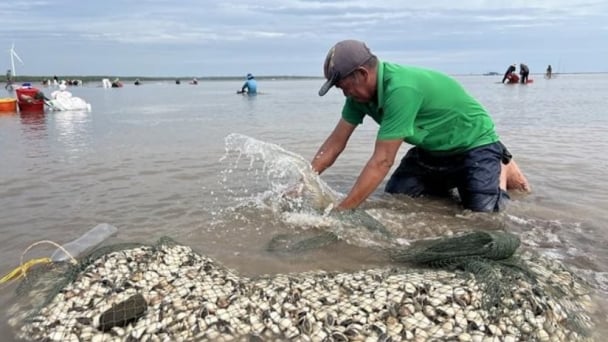
(VAN) Vietnam is intensifying the development of mollusk farming areas that meet international standards, aiming for sustainable growth and enhancing its export position in the global seafood market.
![Advanced mariculture – an inevitable trend: [3] Policy-driven momentum](https://t.ex-cdn.com/nongnghiepmoitruong.vn/608w/files/doanhtq/2025/05/21/0104-0616-0348-nuoi-bien-170339_789.jpg)
(VAN) To ensure the success of offshore mariculture that uses advanced technologies, it is essential to establish supportive policies that inspire both individuals and enterprises to invest with confidence.
![Advanced mariculture – an inevitable trend: [2] Outstanding results](https://t.ex-cdn.com/nongnghiepmoitruong.vn/608w/files/sohk/2025/05/12/4632-4136-nuoi-bien-11-164117_819.jpg)
(VAN) Pilot models of high-tech offshore mariculture in Vietnam, particularly in the South Central Coast region, have demonstrated exceptional economic returns and sustainability, setting a new direction for the country’s aquaculture industry.
![Advanced mariculture – an inevitable trend: [1] Moving offshore](https://t.ex-cdn.com/nongnghiepmoitruong.vn/608w/files/phucpm/2025/05/18/0252-2436-nuoi-bien-6-162148_783.jpg)
(VAN) Mariculture using advanced technology and moving offshore is an inevitable trend, as nearshore areas increasingly reveal limitations.
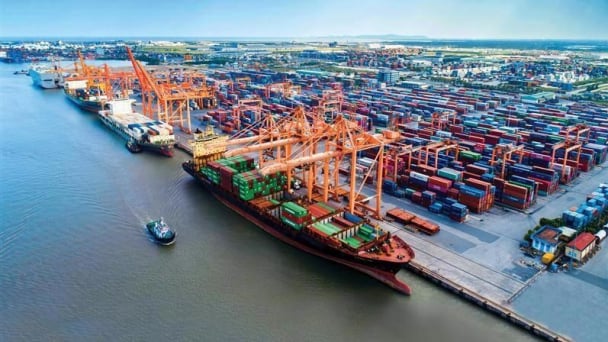
(VAN) South Korea is currently the second-largest investor in Hai Phong in terms of the number of projects (186 projects) and the largest in terms of total registered investment capital, reaching USD 14.2 billion.
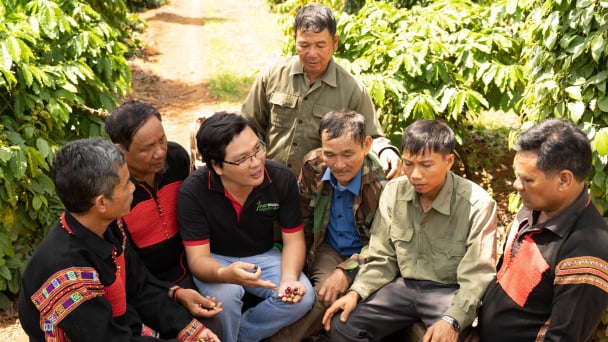
(VAN) As consumers become more environmentally conscious, legal regulations grow increasingly stringent...